As I've repeatedly made clear, the problem with arm
actions like the Inverted W is NOT the position itself, it's that positions like the Inverted W
tend to create a
Timing problem and recent research demonstrates that Timing problems are the root
cause of the problems that inverted arm
action pitchers so often experience.
While the Inverted W only tends to create a Timing problem, today I learned of a cue that always creates a Timing problem.
It's called the Power C.
The Power C
The problem with the Power C is that the pitching arm is flat -- at or close to 0 degrees of external rotation -- when the front foot is down and the shoulders start to rotate.
When I first heard the term "Power C," these pictures of Chad Gaudin, Homer Bailey, and Daniel Bard immediately came to mind.
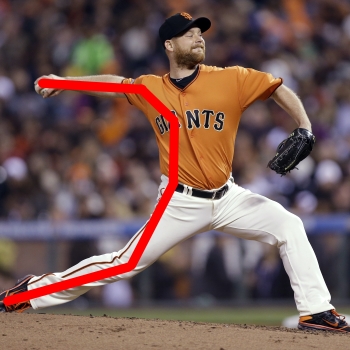
Chad Gaudin's Power C
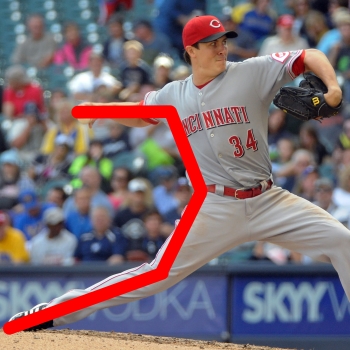
Homer Bailey's Power C
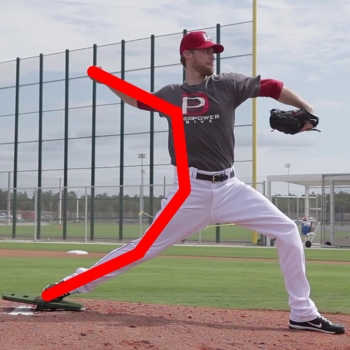
Daniel Bard's Power C
That is the definition of a serious Timing problem and, for ease of understanding and visualization, I refer to it as Flat Arm Syndrome.
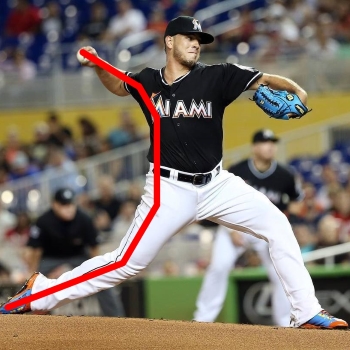
Jose Fernandez's Power C
As I explain in my
Jose Fernandez pitching mechanics analysis, while he exhibits both
an Inverted L
and
Premature Pronation, the ultimate root cause of Jose Fernandez's injury problems is how his pitching arm is flat at foot strike.
Of course, a flat arm at foot strike is a key component of the Power C.
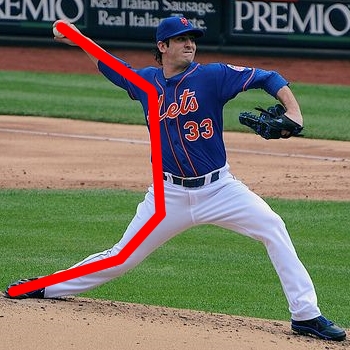
Matt Harvey's Power C
As I discuss in my analysis of Matt Harvey's pitching mechanics, while I think the cue he was taught was the Power T, it could just as easily have been a Power C, given that a Power C is basically half of a Power T. Regardless the problem with both the Power C and the Power T is that the pitching arm is flat, and horizontal to the ground, at front foot strike.
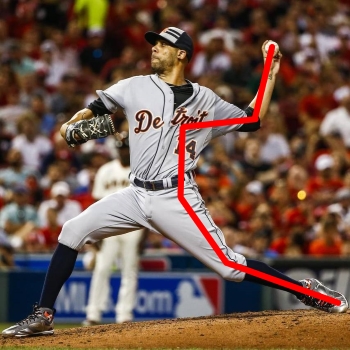
David Price's Power...Squiggle?
In contrast, if you look at David Price at foot strike, he is at what I call the Ready Position.